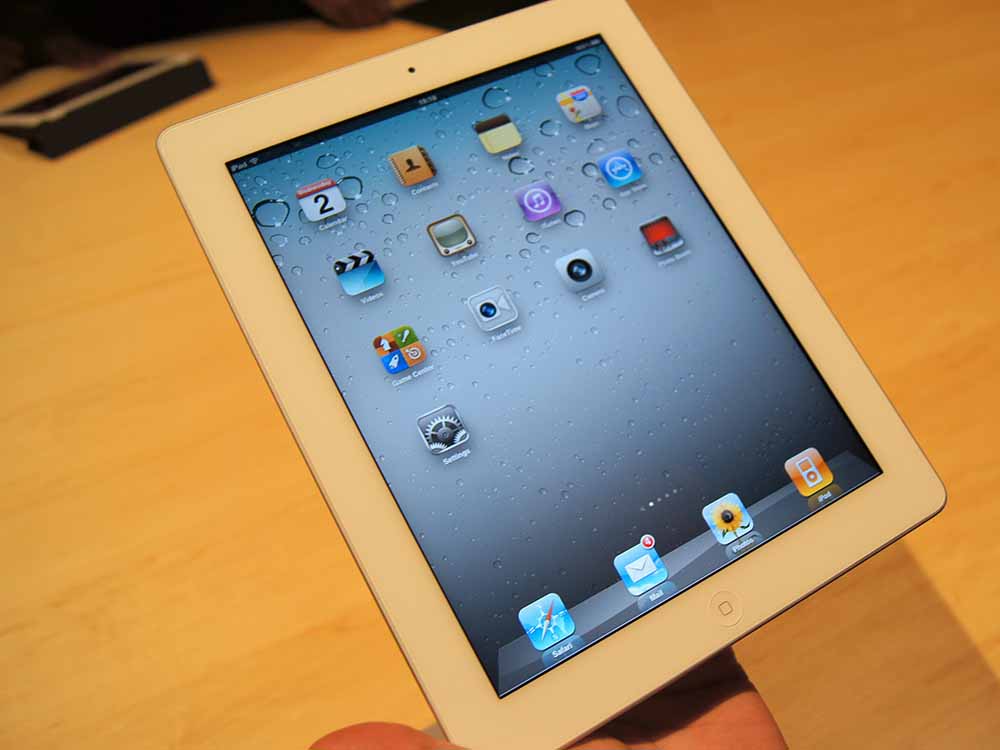Introduction
The iPad 2, unveiled by Apple in March 2011, was the second-generation tablet from the tech giant. Building upon the success of its predecessor, the original iPad, the iPad 2 aimed to set new standards for tablet design and performance. With its sleek form factor, enhanced processing power, and a host of new features, the iPad 2 quickly became a benchmark in the tablet industry.
Design and Display
Design:
The iPad 2 retained the signature design language introduced with the first iPad but came with notable improvements. It was thinner and lighter, measuring just 8.8mm in thickness and weighing around 601 grams. The aluminum unibody construction contributed to its durability and premium feel. The sleek design made it a portable and stylish device, setting the standard for tablets in terms of aesthetics.
Display:
The iPad 2 featured a 9.7-inch LED-backlit display with a resolution of 1024 x 768 pixels. While the resolution remained the same as the original iPad, the display quality was enhanced, offering vibrant colors and improved contrast ratios. The capacitive touchscreen supported multi-touch gestures, providing a responsive and intuitive user experience. The display was coated with an oleophobic material to reduce fingerprint smudges.
Performance
Graphics:
The A5 chip also featured a dual-core PowerVR SGX543MP2 GPU, delivering improved graphics performance. This was especially beneficial for gaming and graphics-intensive applications, making the iPad 2 a versatile device for both productivity and entertainment.
Storage:
The iPad 2 was available in various storage configurations, including 16GB, 32GB, and 64GB options. This flexibility allowed users to choose a model based on their storage needs, accommodating a wide range of apps, games, and multimedia content.
Processor:
One of the significant upgrades in the iPad 2 was its processing power. It was equipped with the Apple A5 chip, a dual-core processor that provided a substantial boost in performance compared to the single-core A4 chip in the original iPad. This improvement resulted in faster app loading times, smoother multitasking, and enhanced overall responsivenes
Camera and Multimedia
Rear Camera:
A notable addition to the iPad 2 was the inclusion of front and rear-facing cameras. The rear camera had a resolution of 0.7 megapixels, enabling users to capture photos and record 720p HD videos. While not groundbreaking in terms of image quality, it opened up new possibilities for creative expression and video communication.
Front Camera:
The front-facing VGA camera was a key feature for FaceTime, Apple’s video calling service. This allowed users to engage in video calls with other Apple device users seamlessly. The front camera also facilitated self-portraits and became a precursor to the selfie culture that would gain prominence in the coming years.
Multimedia:
The iPad 2 served as a versatile multimedia device. With its large display and powerful processor, it excelled in delivering a rich multimedia experience. Users could enjoy high-definition videos, immersive gaming, and interactive apps. The built-in speakers provided decent audio quality, and the 3.5mm headphone jack allowed for a more personalized audio experience.
Connectivity and Battery Life
Connectivity:
The iPad 2 supported various connectivity options, including Wi-Fi (802.11a/b/g/n) and Bluetooth 2.1. Additionally, there were 3G models available, providing users with the option for mobile data connectivity on the go. The inclusion of a 30-pin dock connector allowed for charging, syncing, and connecting to a variety of accessories.
Battery Life:
Apple claimed that the iPad 2 could achieve up to 10 hours of battery life on a single charge, maintaining the impressive longevity established by the first iPad. This made it suitable for extended use, whether for work, entertainment, or productivity.











